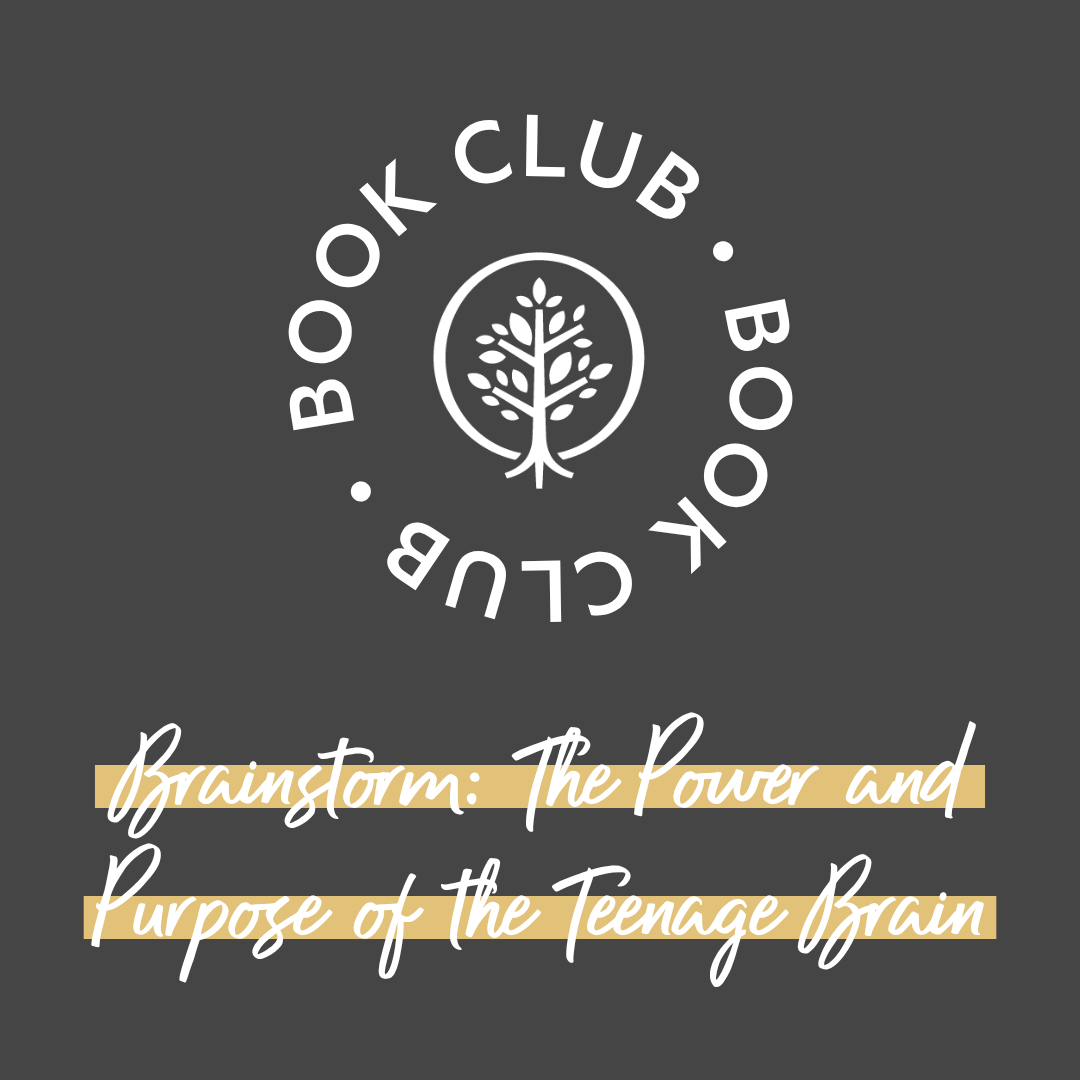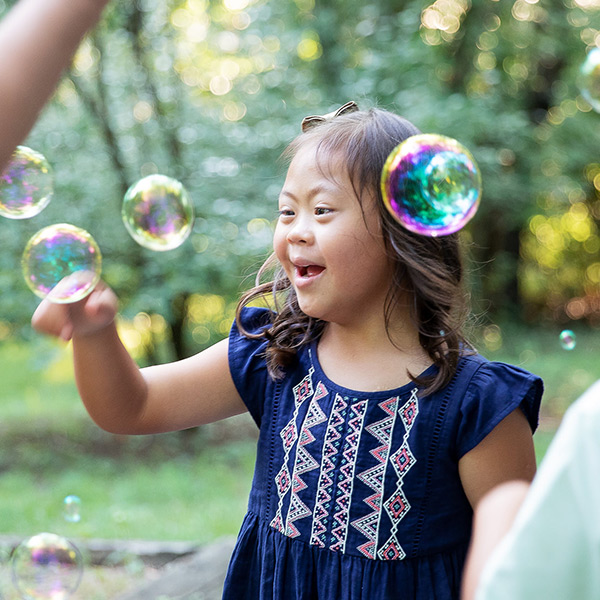Strengthening Your Relationship With Your Child

Strengthening Your Relationship
The late Dr. Karyn Purvis once said, “When you connect to the heart of a child, everything is possible.” As parents and caregivers, we want strong relationships with our children. We want to create connection, felt-safety, and trust with them, no matter if they are 1 or 18. Yet strengthening that relationship and creating that deep connection is easier said than done. Many barriers to that healthy relationship and connection stand in our way, whether it is our own insecurities, past trauma experiences of our children, or the inherent growing pains that come with the different stages of development.
The reality is, children and teens need to know that they are safe, secure, valued, and loved, yet key developmental and relational needs are oftentimes overlooked with traditional parenting models. Science tell us, connection builds trust, and trust builds healthy relationships. Trust-Based Relational Intervention® (TBRI®) is a care model designed to help meet relational and developmental needs of children and teens. And while TBRI finds its roots in the holistic care of children and teens impacted by trauma, the reality is, its principles are applicable to all children and teens, no matter their background or developmental and relational needs.
An Introduction to TBRI
TBRI considers the whole child—his or her brain, biology, behavior, body, and beliefs—and provides parents and caregivers with practical tools and insight to help their children reach their highest potential. And perhaps most importantly, TBRI has connection at its core—the truth that connection builds trust, and trust builds healthy relationships. The goal of TBRI Connecting Principles is to build trusting relationships that help children and teens feel valued, cared for, safe, and connected. Over time, disarming fear and building trust greatly increase the capacity for connection, growth, and learning.
Secure Attachment (or Connection) says:
- I feel protected.
- I feel precious.
- I feel heard.
- My physical needs are taken care of.
- My emotional needs are taken care of.
Building a safe, secure connection with your child or teen will take time and practice. And it’s not going to be easy, but it will be worth it. Try the following strategies and tactics to help begin building the connections needed for healthy relationships with your children and/or teens.
Mindfulness Strategies
- Identify the thoughts, beliefs, and behaviors that influence your relationships. There’s a leadership saying that states: “You cannot lead someone to a place you’ve never been.” The same applies to parenting. To build connection and trust with your child or teen, you need to understand what might be hindering you from connecting with and trusting others.
- Practice regulating in times of stress.
- Pray.
- Take five to 10 deep breaths.
- Go for a walk.
- Stay calm and emotionally present during those times of stress.
- Think flexibly.
- Solve problems creatively.
- Model compassion and empathy.
Engagement Strategies
- Be fully present.
- Stop what you are doing.
- Look into his or her eyes.
- Listen to his or her words, and empathize with the joy or pain your child or teen is experiencing.
- Value eye contact (but never force).
- “Can I see your eyes, please?”
- “I love seeing your eyes.”
- Match your child’s or teen’s posture and voice. (Matching your child’s or teen’s posture and voice can be effective in building connection and fostering felt safety. It validates their expressions and passions. And it can be a fun, playful way to interact.)
- Incorporate health touch (with permission).
- Chin prompt
- Hand on shoulder
- Hugs
- High fives or fist bumps
- Interact playfully.
- Play games.
- Be silly together.
- Use imaginative play.
Practically Speaking
Now that you have a general understanding of TBRI, connection, and ideas for strengthening your relationship with your child or teen, the following are some practical things you can do—starting today—to build trust with your child and within your family.
One on One Time
Work to spend 10 minutes a day with your child or teen engaging in play with an activity of his or her choice. Allow space for your child or teen to lead the play with his or her unique ideas. During this time, offer healthy touch (high fives, fist bumps, side hug, etc.); match behavior (whatever he or she creates, you create); and validate his or her ideas. Also, make an effort to keep your child or teen in the lead rather than using playtime as a way to teach or give direction. This time is for him or her to be expressive and for you to recognize his or her unique ideas, creativity, gifts, and imagination.
Get Active
Exercise and physical activity are critical in the life of a child and teen. For example, running, jumping, free play, sports, and similar activities all work to promote healthy brain development. Begin to incorporate exercise into regular family activities. Try going on walks or bike rides together, or consider weekend hikes. Find a sport you all can play (i.e. kickball or catch). Or just plan on regular walks around your neighborhood or at a nearby park. The point is to be active and active together to foster greater connection.
Get Creative
If your child or teen is interested in art or crafts, find ways to spend time creating together. For example, with younger children, it could be as simple as painting rocks, coloring, or drawing pictures together. During that time, be sure to recognize their unique abilities. For teens, perhaps you could take a local art or pottery class together. You could plan a special outing at a local museum or attend an art show. Whatever the case, be present, be engaged, and allow your teen to lead the way.
Game Night
An old-fashioned family game night can create an awesome opportunity for you to connect as a family. It could be a card game like Go Fish or UNO, or try a classic board game like Chutes and Ladders or Monopoly. You might want to also consider games where you are working together as a team. For younger children, a game like Count Your Chickens is a great place to start. And for older children and teens, Jumanj—the game, not the move—is really fun and requires a lot of teamwork. Consider a game night once per week or, at least, twice per month. It’s an easy, inexpensive way to strengthen your relationship with your child, teen, and entire family.
Healthy Touch
We have already mentioned healthy touch, but it is an important way to build connected, trusting, and healthy relationships with children and teens. Unfortunately, many children and teens who have experienced trauma or loss have never known caring touch on a regular basis. The truth is, making it a priority to incorporate healthy touch in your child’s or teen’s day-to-day activities and interactions can help facilitate healing, trust, and felt-safety. Beyond fist bumps, high fives, and gentle chin prompts, also work to find opportunities to incorporate some of these “out of box” activities to add fun and healthy touch into your daily interactions.
- Have a three-legged race.
- Give the family dog a bath together.
- Practice fun hairstyles on each other.
- Get creative together with face paint.
- Play “freeze tag” together.
In closing, remember, imprinted on all of our hearts is this deep need to belong … a desire to be seen and heard, to securely know we are loved and accepted just as we are. We see this in the beginning of time with God’s creation story, and for those of us who belong to Christ, we know it more fully when we are joined with him through faith. We were made for relationships, and the fundamental one in a child’s or teen’s life is family. Building connection, felt-safety, and trust with our children and teens is a desire we all have. They have been entrusted to us, and we want to see them thrive and flourish. And connection is the foundation needed for each stage of their development and growth.





